Mastering Full Spectrum CBD Tincture Dosage for Optimal Wellbeing

Full Spectrum CBD tinctures offer a holistic wellness approach with a unique blend of cannabinoids,…….
Understanding CBD-Tinctures
CBD tinctures are concentrated extracts of cannabidiol (CBD) from the Cannabis sativa plant, often diluted in alcohol or a mixture of alcohol and glycerin. Unlike its cousin THC (tetrahydrocannabinol), CBD is non-psychoactive, meaning it does not induce the “high” commonly associated with marijuana. The tincture form of CBD allows for precise dosing and long shelf life, making it a popular choice among users seeking the therapeutic benefits of cannabis without the mind-altering effects.
Historically, tinctures have been used for centuries in traditional medicine practices. In the case of CBD tinctures, they gained prominence following the 2018 Farm Bill in the United States, which legalized hemp-derived CBD products containing less than 0.3% THC at the federal level. This legislation opened doors for broader research and increased market availability for CBD tinctures.
Global Impact and Trends
The global impact of CBD tinctures is profound, with a growing number of countries legalizing or considering legalization of these products. North America currently leads in the consumption and production of CBD tinctures, followed by Europe and Asia. The demand is driven by an increasing awareness of CBD’s potential health benefits, including pain relief, anti-inflammatory properties, and anxiety reduction.
Key trends include the rise of full-spectrum and broad-spectrum products, which offer a range of cannabinoids and terpenes for enhanced effects, and the incorporation of CBD tinctures into wellness routines. Additionally, the trend towards clean labeling, organic farming practices, and sustainable production is shaping consumer preferences and influencing market dynamics.
Economic Considerations
The economic impact of CBD tinctures is multifaceted, affecting agricultural sectors, healthcare industries, and ancillary businesses like packaging and distribution. The market has experienced rapid growth, with estimates projecting it to reach billions of dollars in the next few years. This growth is fueled by consumer spending, investment in research and development, and the entry of established pharmaceutical companies into the CBD space.
Investment patterns reflect a high level of interest across various sectors, from venture capital to hedge funds. However, the market’s volatility due to regulatory changes and the COVID-19 pandemic has introduced risks that investors must navigate carefully.
Technological Advancements
Technological advancements have significantly impacted CBD tinctures, enhancing extraction methods, quality control, and product formulation. Innovations in CO2 extraction and chromatography allow for higher purity levels and consistent product batches. The use of nanotechnology in CBD delivery systems promises improved bioavailability and faster onset of effects.
Future potential includes the development of personalized CBD treatments tailored to individual genetic profiles, as well as advancements in cannabinoid research that could unlock new therapeutic applications.
Policy and Regulation
The regulatory landscape for CBD tinctures is complex and varies by country and region. In the United States, the FDA’s stance on CBD has evolved, with the agency approving a prescription CBD medication but also warning against unfounded health claims. Internationally, policies range from strict prohibition to full legalization, with many countries taking a cautious approach that requires further scientific evidence.
Regulations around farming, production, labeling, and marketing are critical in ensuring consumer safety and product quality. These frameworks also play a role in the international trade of CBD products.
Challenges and Criticisms
CBD tinctures face several challenges, including regulatory inconsistencies, market saturation, and the need for rigorous scientific research to substantiate health claims. Issues such as product potency, contamination with heavy metals or pesticides, and mislabeling have led to criticism and calls for more stringent regulations.
To address these challenges, stakeholders can invest in quality control measures, support comprehensive research initiatives, and advocate for consistent regulatory standards across jurisdictions.
Case Studies
Several case studies highlight the successful applications of CBD tinctures. For instance, a study published in the Journal of Clinical Medicine showed promising results for CBD’s efficacy in treating anxiety disorders. Another case involves Charlotte’s Web, a company that has become synonymous with high-quality CBD products and has contributed significantly to advocating for regulatory changes. These successes underscore the potential benefits of CBD tinctures but also emphasize the importance of rigorous research and adherence to quality standards.
Future Prospects
The future of CBD tinctures is promising, with potential growth areas including therapeutic uses for various health conditions, pet wellness, and cosmetic applications. Emerging trends suggest a move towards more natural and sustainable products, as well as further integration into mainstream healthcare. Strategic considerations for the future include addressing regulatory inconsistencies globally and ensuring that production practices align with ethical and environmental standards.
Conclusion
CBD tinctures represent a significant development within the broader cannabis industry, offering a range of potential benefits and driving economic growth. The intricate relationship between policy, technology, and market trends will shape its trajectory. As research continues to illuminate the efficacy and safety of CBD tinctures, public perception and acceptance are likely to increase, solidifying their role in health and wellness practices worldwide.
This article provides a comprehensive overview of CBD tinctures, from their emergence in the market to the complexities of their regulatory environment and the technological advancements that enhance their quality and efficacy. It also highlights the challenges faced by this industry and looks ahead to its promising future, with considerations for how stakeholders can navigate these evolving landscapes.

Full Spectrum CBD tinctures offer a holistic wellness approach with a unique blend of cannabinoids,…….
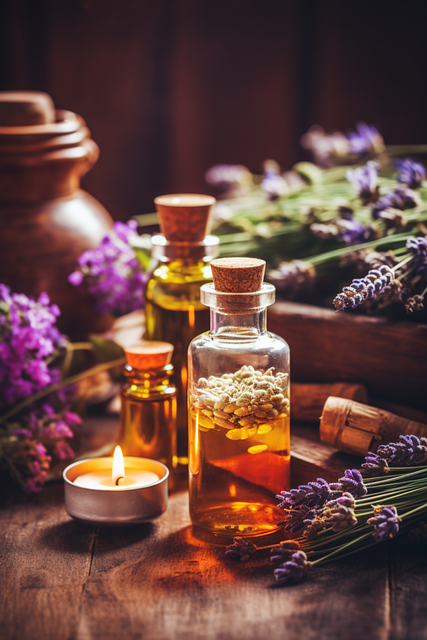
Full Spectrum CBD tinctures offer a diverse range of health benefits due to their natural compounds,…….
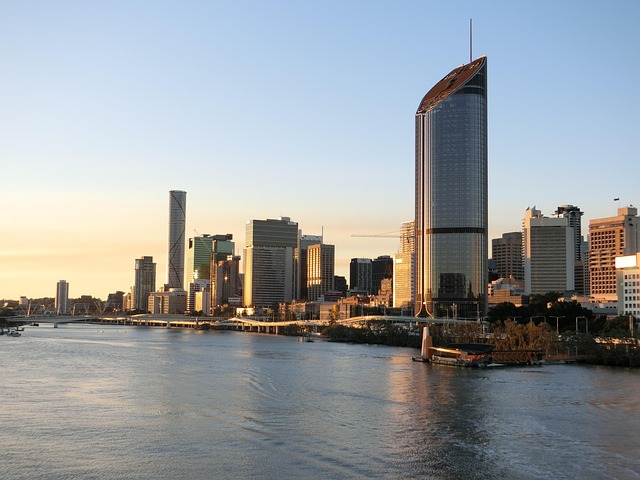
Understanding Full Spectrum CBD Tinctures vs. Isolates for wellness: Full spectrum contains all natu…….
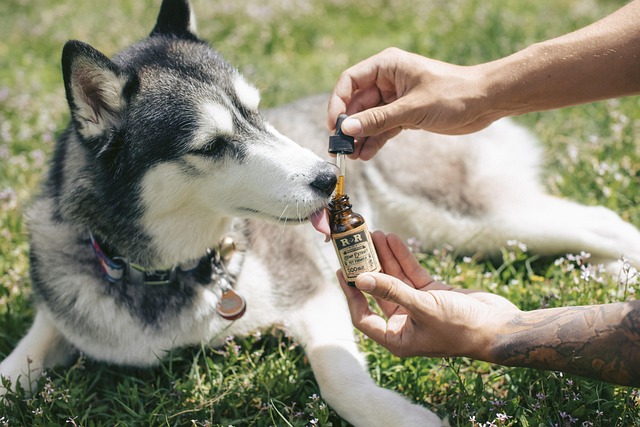
Personalized dosing with Full Spectrum CBD Tinctures revolutionizes wellness by offering a versatile…….

Non-psychoactive cannabinoids in Full Spectrum CBD Tinctures from hemp plants offer therapeutic bene…….
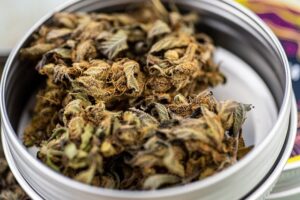
The Full Spectrum CBD Tincture is a popular and effective way to administer CBD due to its entourage…….
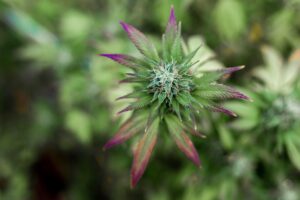
Stress and anxiety, common but detrimental if unchecked, are managed through various triggers like w…….
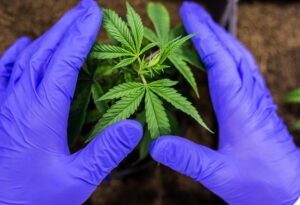
Stress and anxiety, while natural responses, can become detrimental with persistence. Triggers are k…….